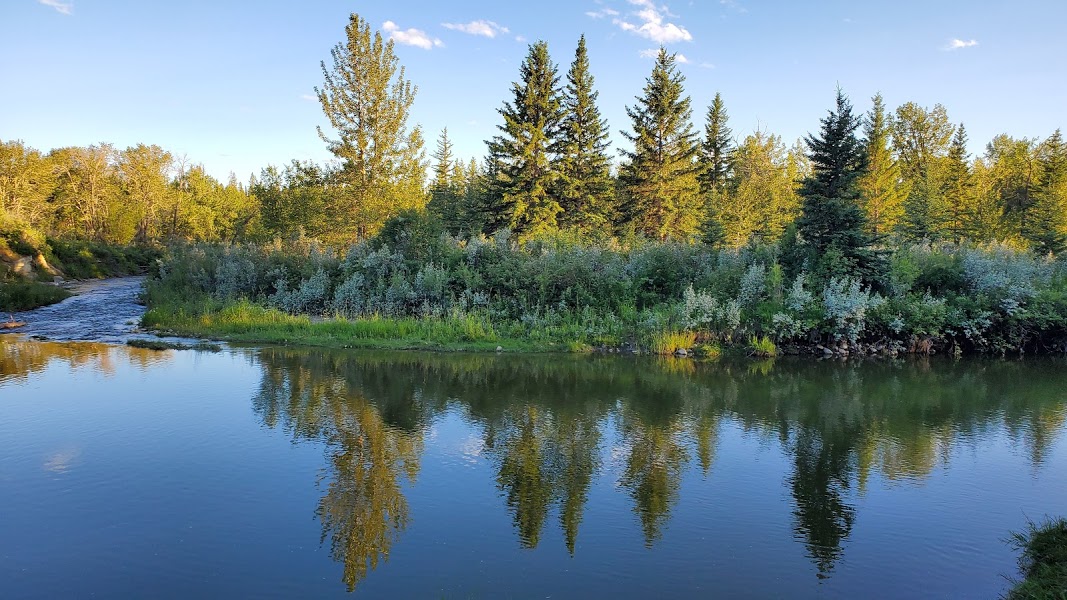Posted on
November 15, 2025
by
Chris Marshall
The Christmas season is one of the most powerful times of the year to stage and showcase a home. Buyers are emotional, families are thinking about new beginnings, and homes naturally feel warmer and more inviting. With the right staging strategy, you can use the holiday season to your advantage—helping your property stand out, create memorable first impressions, and attract serious buyers.
Here’s a complete guide to staging your home beautifully (and strategically!) for the Christmas season.
Why Holiday Staging Works
Holiday staging taps into emotion—and emotion is what sells homes.
Warmth: Soft lighting, warm décor, and cozy textures make a home feel instantly inviting.
Connection: The holidays spark nostalgia and help buyers imagine themselves celebrating future traditions in the space.
Atmosphere: Seasonal scents, lights, and greenery create a welcoming ambiance during cold winter months.
The goal is not to overwhelm with decorations—but to enhance the home’s natural charm.
1. Keep It Simple and Sophisticated
Holiday décor should highlight your home, not distract from it.
Do:
✔ Choose a cohesive color palette (gold + white, green + wood tones, silver + blues).
✔ Use decorations that match your home’s interior design.
✔ Add subtle seasonal touches: garlands, wreaths, candles, and simple ornaments.
Don’t:
✖ Overcrowd shelves or counters
✖ Add oversized decorations that shrink the space
✖ Use loud, clashing colors
Remember: less is more when staging.
2. Create a Warm, Cozy First Impression
Your entryway sets the tone.
A simple wreath on the door
A clean doormat
Soft lighting or lantern décor
A small bench or winter greenery arrangement
The key is making buyers feel “invited home” from the moment they arrive.
3. Stage With Natural Elements
Nature-inspired décor feels elegant and timeless.
Try incorporating:
These details warm up the space without feeling cluttered or kitschy.
4. Use Lighting to Create Atmosphere
Winter means early sunsets—lighting becomes a powerful staging tool.
Avoid bright, multicolored Christmas lights. Soft white is universally flattering and calm.
5. Keep the Christmas Tree Minimal and Elegant
You can absolutely keep your Christmas tree—but keep it buyer-friendly.
Tips:
Choose one color palette
Avoid personal ornaments (family photos, kids’ crafts)
Keep gifts under the tree minimal and tidy
Make sure the tree doesn’t block walkways or windows
If space is tight, opt for a slim or tabletop tree instead of a full-size one.
6. Add Subtle Holiday Scents
Scent is a powerful emotional trigger.
Great winter staging scents include:
Pine
Vanilla
Cinnamon
Clove
Cedarwood
Orange spice
Use candles, diffusers, or stovetop simmer pots—but avoid strong artificial sprays.
7. Highlight Cozy Spaces
Buyers love imagining themselves relaxing during the holidays.
Stage intentionally:
Add a throw blanket and textured pillows to the sofa
Place a warm knitted blanket over an armchair
Set up a simple hot cocoa or tea tray
Add soft rugs for visual warmth
If you have a fireplace, make it the star—clean it, light candles inside, or turn on the gas flame during showings.
8. Keep Exterior Décor Clean and Welcoming
Winter curb appeal matters.
Clear walkways of snow and ice
Hang a tasteful outdoor wreath
Add planters with winter greens
Use warm white outdoor string lights (avoid flashing lights)
Ensure house numbers are visible and lighting is sufficient
A beautiful exterior creates excitement before buyers even step inside.
9. Maintain Cleanliness Throughout the Season
Holiday décor can clutter a space quickly—so staying organized is key.
Keep surfaces clear
Store excess decorations
Vacuum pine needles regularly
Make sure the kitchen and bathrooms stay spotless
Limit holiday crafts, wrapping stations, or bulky decorations
Clean homes show better—and sell faster.
10. Don’t Forget the Reason Behind Staging
Your decorations should enhance three key things:
✨ Space
✨ Light
✨ Flow
Every staging decision should support these priorities.
Holiday staging is a powerful way to make your home feel inviting, warm, and memorable to potential buyers. With the right balance of festive charm and thoughtful design, you can transform your home into a space that sparks emotion—and ultimately leads to a faster, more successful sale.
If done well, your holiday staging won’t just look beautiful—it’ll help buyers imagine their holidays there.













